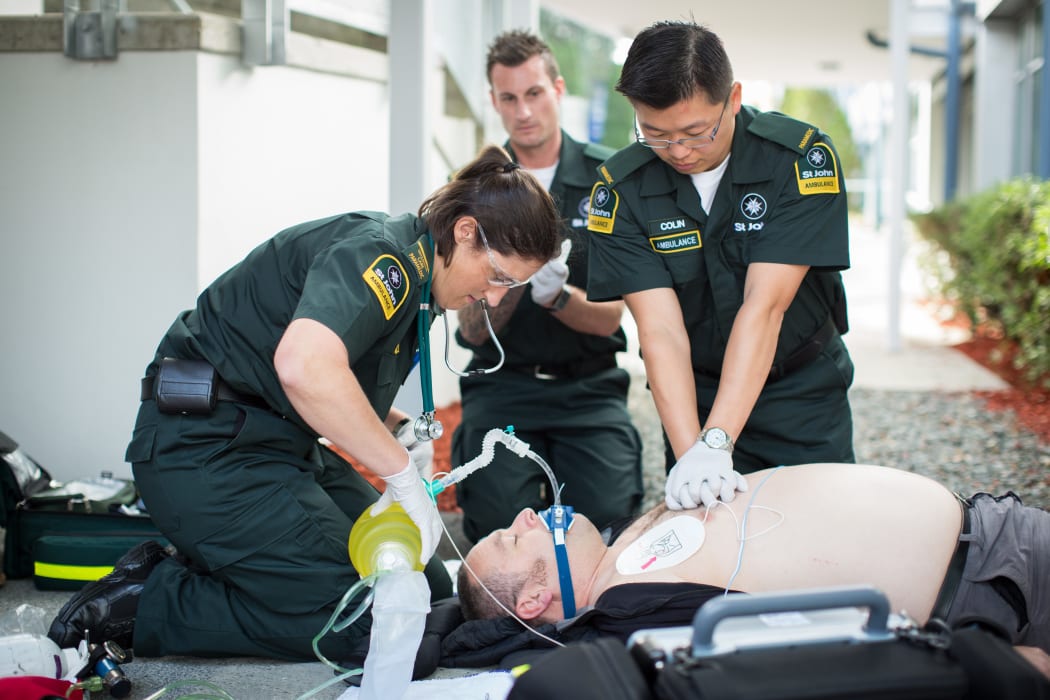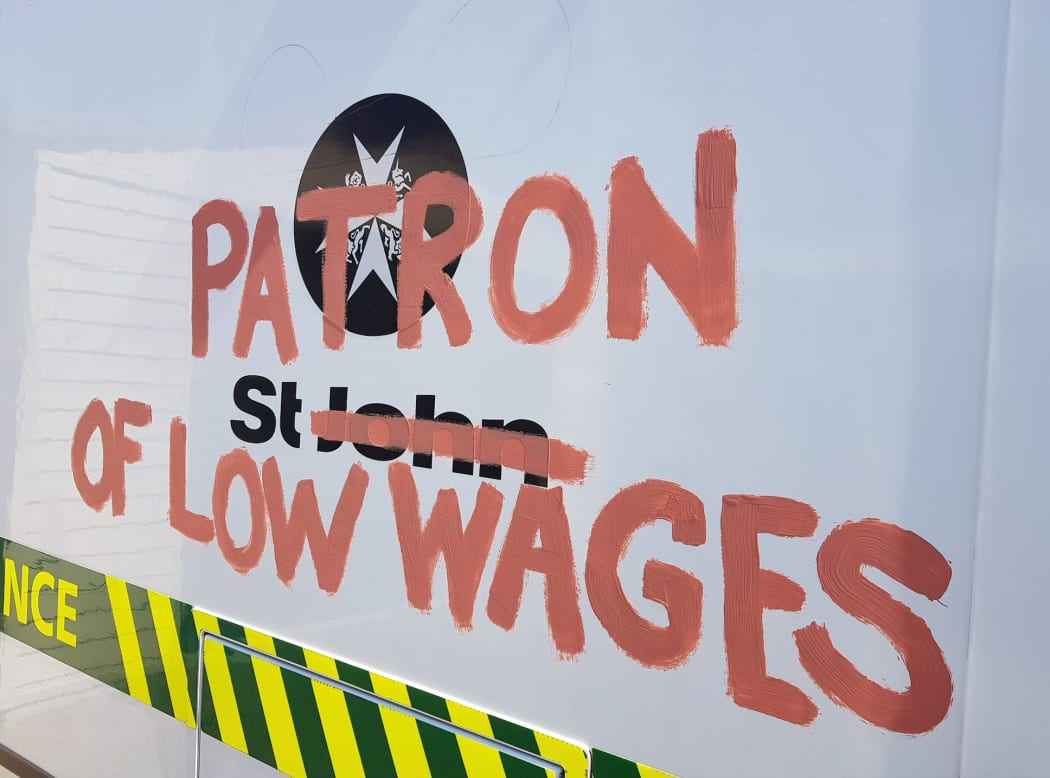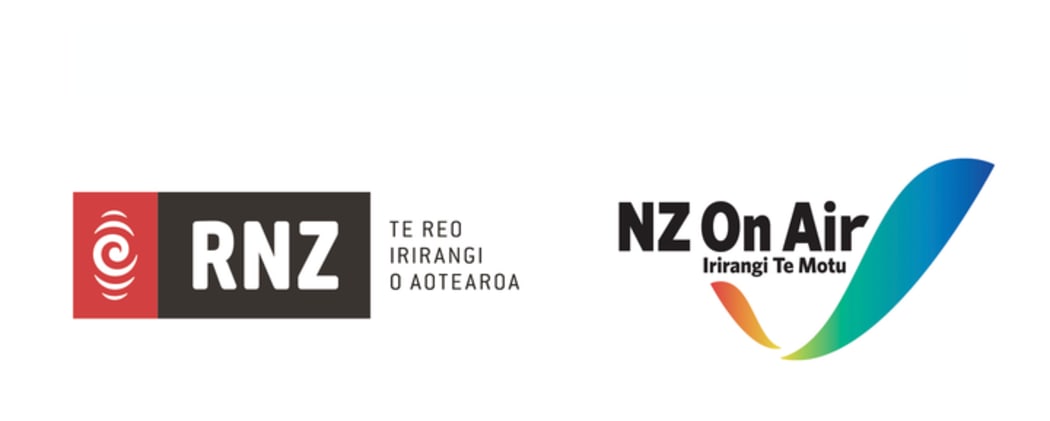
St John Ambulance paramedics performing CPR Photo: @LeeHowell2013
Most people would say there are three branches of emergency services in New Zealand: police, fire, and ambulance.
Police are fully funded by the government. Fire and Emergency New Zealand is funded through an insurance levy. But St John Ambulance - one of two providers in Aotearoa, alongside Wellington Free Ambulance - is a bit different.
In today's episode of The Detail, Emile Donovan speaks to St John chief executive Peter Bradley about the organisation's unusual financial model, and the precarious pecuniary position it finds itself in as sponsorships and donations dry up in the aftermath of Covid-19.
St John Ambulance is contracted by ACC and the Ministry of Health to provide ambulance services throughout the country, bar Wellington (which has its own service, Wellington Free Ambulance).
The contract runs for four years, and provides the organisation with about 70 percent of its total funding - about $170 million per year.
But it costs about $240m to run the service. The $70m shortfall is bridged through third-party commercial contracts, like the first aid courses it runs; through ambulance part-charges (about $98 per callout); and through donations, which amount to about $30m per year.
Chief executive Peter Bradley says this means every year the organisation and its volunteers have to hit the streets, caps in hand, just to maintain their existing services.
It's a precarious existence at the best of times - St John recorded an $18m deficit in the year to June 2019 - but Covid-19 is expected to bring with it a brutal financial hit for charities.
The donors and businesses which support St John have less spare cash floating around - meaning a tough task is about to get a lot tougher.

Photo: FACEBOOK/ Ambulance Professionals First
"Putting it crudely, we are relying on people dying to leave us money to know how much income we're going to get.
"It's a really tenuous funding arrangement ... that shows the flaw in the existing arrangements."
Earlier this year, a leaked memo revealed St John was considering laying off some 100 employees to save $30m.
Bradley says the organisation is at a critical juncture.
"We're in a situation where we need to see a change."
A One News/Colmar Brunton poll from 2019 revealed nearly 90 percent of New Zealanders felt St John should be fully funded by the government.
But Bradley says the organisation has, to an extent, been a victim of its own success and strong brand.
"We, as an organisation, normalised living on the funding we'd received.
"We used our cash reserves up, and our chief financial officer says we run on the smell of an oily rag - but we can't take the rag away as well.
"Because we're seen as quite successful, people ask why St John needs an extra $100 million a year?
"We're not a problem. [But] we have to borrow $20 million every 10 weeks to pay our staff wages.
"We're in a situation where we need to see a change. We believe this is the final year we can manage this organisation on the funding we get."
So, what does that mean? What might happen to services? And why hasn't the government properly come to the party yet?
Listen to the full podcast to find out.


